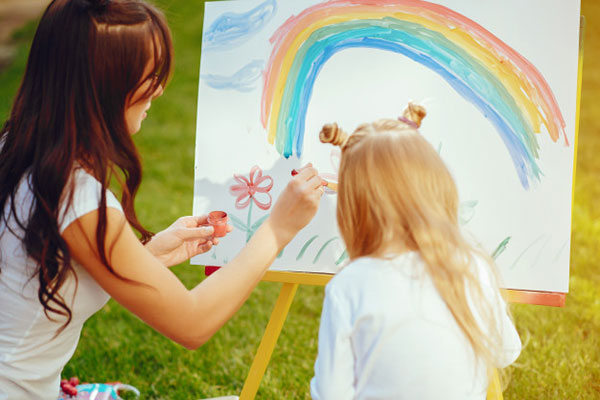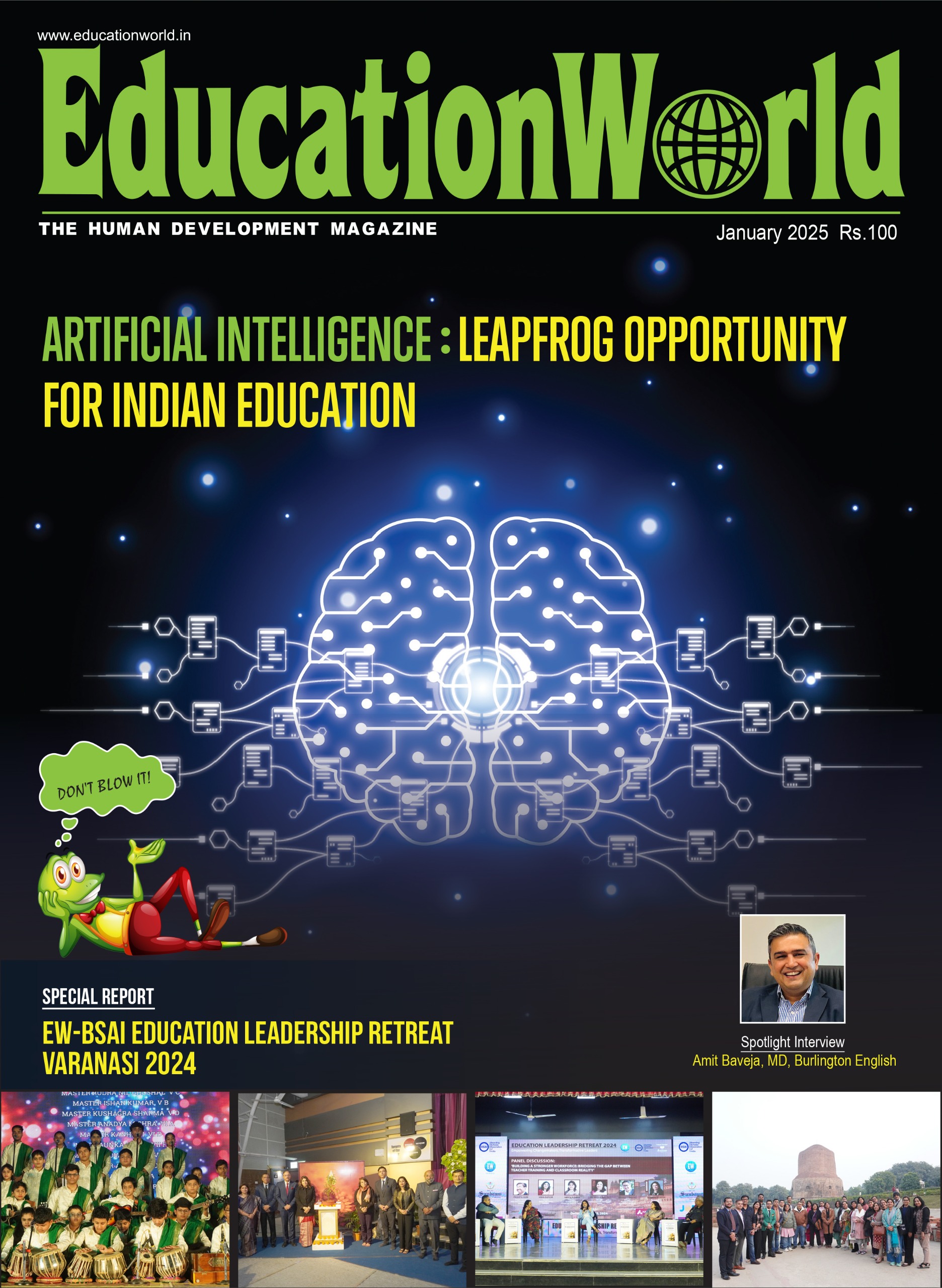
Within India’s 5 million-strong school teachers community, there is an urgent need to acknowledge Mother Nature as the greatest teacher and to learn from her example. She speaks not a word in any human language, and yet everything in nature inspires humanity to seek and learn, engendering awe, mystery, and an enthusiasm for uncovering the truth behind her workings, her creations, her cycles and her balance. As such, she is the primal teacher archetype of inspirational teaching and the root of all scientific enquiry. Hence, science has been defined as “mankind’s attempt to understand nature”. The great scientist Albert Einstein expressed it more dramatically stating, “We still do not know one thousandth of one percent of what nature has revealed to us”.
More than parent and student communities, the teaching fraternity needs to understand that the essential purpose of education is not to enable students to earn a living, but to learn how to live life. As the primal teacher, Mother Nature teaches both the secret of life, which is to respect all life, and also how to live one’s own life in harmony and balance with all creation, exemplified by the manner in which various species of the natural world live in peaceful co-existence.
Encouraging observation of the daily miracles of nature has profound effects on students. One of the effects is a heightened appreciation of life and its wonders, with corresponding understanding of how each plant and animal contributes its own unique qualities, abilities and skills to the whole, complementing one another to enhance nature’s overall beauty, practicality and efficiency. When this pedagogy is utilised and concept applied to society, it helps foster respect for others and their talents, and instills the desire in students to work together for the betterment of the community as a whole.
Natures greatest teaching technique for vital survival skills is ‘trial and error’. While the parents of a young animal may teach and demonstrate, the mastering of any skill can only come from the repeated attempts of the youngster himself, and each failure becomes the foundation of learning for the next attempt. When this pedagogy is utilised in classrooms, teachers become ‘guides’, encouraging students to seek their own answers, their own solutions to problems, and learn by doing. This also infuses creativity and enthusiastic participation in the learning process.
Nature is also an exemplary interactive teacher. She teaches us most vividly the concepts of action/reaction as plants and animals mirror our own state of mind — positive and negative. Plants and animals respond in a positive manner to tender, loving care. Hence, from hardened criminals to the criminally insane, study after study has shown the benefits of people working with nature, especially animals, not only for the individual, but for society as a whole.
These benefits become visible in the classroom as well when students work with plants and/or animals. In addition, students gain a sense of responsibility and self-satisfaction as life forms they nurture grow and flourish. Extra-curricular group activities that include service projects in the community centred around cleaning and beautification of parks, waterways, and forest areas, reinforce the values of volunteerism and cooperation.
Today, humanity stands at a crucial crossroads, both environmentally and in the field of education. We are in the grip of an environmental crisis that threatens the very survival of the human race — a crisis that has been brought about by our own destructive actions and activities. Global warming and climate change, species extinction and pollution are destroying the pyramid of life whose very foundation is Nature and her various ecosystems.
As the capstone of this pyramid, humankind is facing imminent destruction as its base of fertile soil, clean water and air provided by nature is being steadily eroded, with species of flora and fauna disappearing at unprecedented rates. Already over 60 percent of the planet’s ecosystems are near the point of no return, according to the United Nations.
As educators, we have a duty to not only make our students aware of this crisis, but also to encourage them to do something about it, since it is they and their children who will inherit our planet-under-siege. By bringing nature back into the classroom, we can instill in students an understanding and respect for all aspects of creation and nature herself will inspire them to act to protect her and their own future. The ripple effects of our actions will touch not only their parents and immediate community, but the nation and world as a whole.
The future belongs to the children of today. But it’s our duty to find and light the path toward regeneration and rejuvenation of Mother Nature, of planet Earth, to bring a greater understanding of the oneness of all creation, of which we are a part. Once again, as Einstein put it, “Look deep into nature, and then you will understand everything better.”
(Pamela Gale Malhotra is the trustee and co-founder of the SAI Sanctuary Trust, South Kodagu/Coorg district, Karnataka)


















